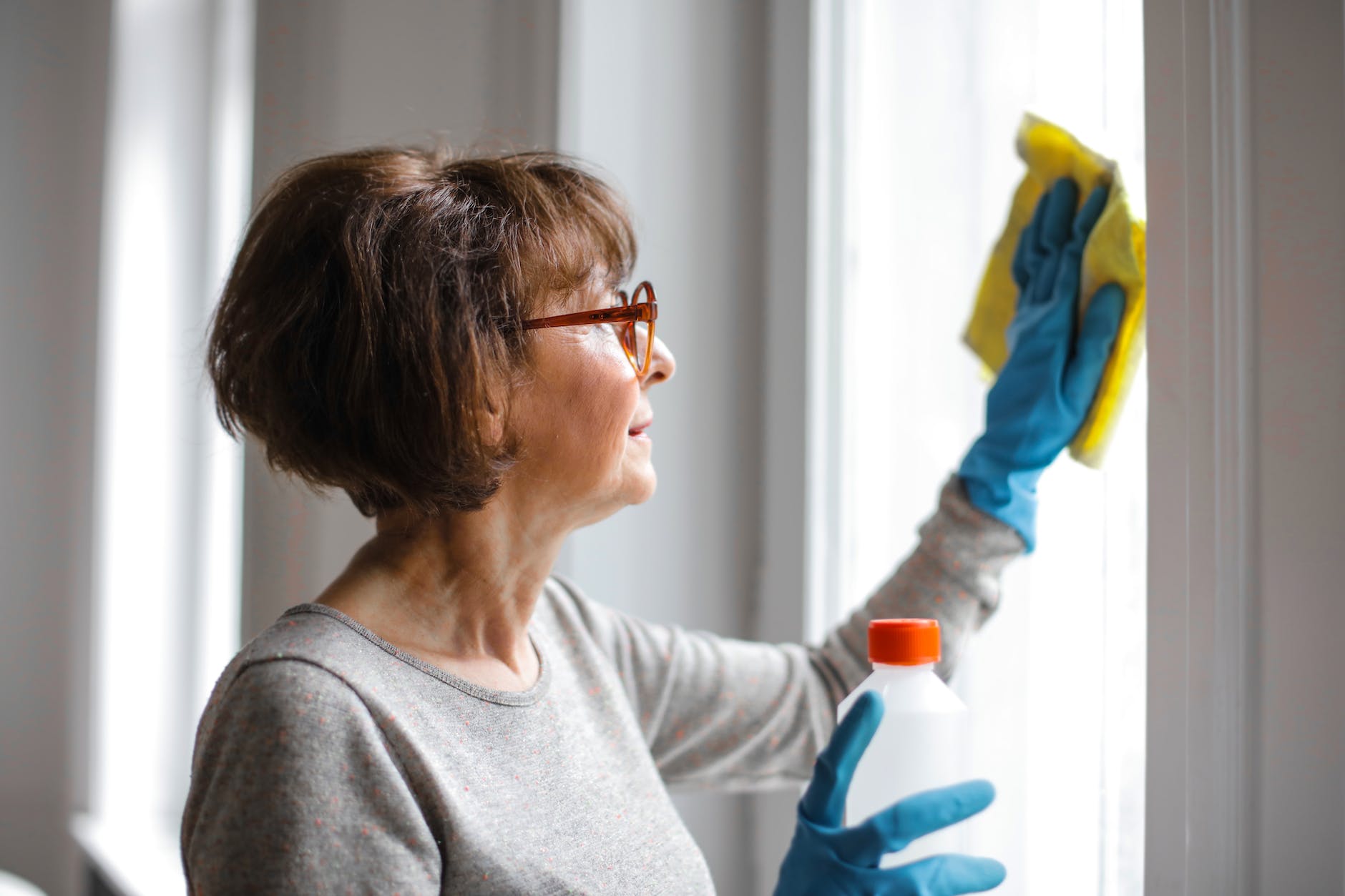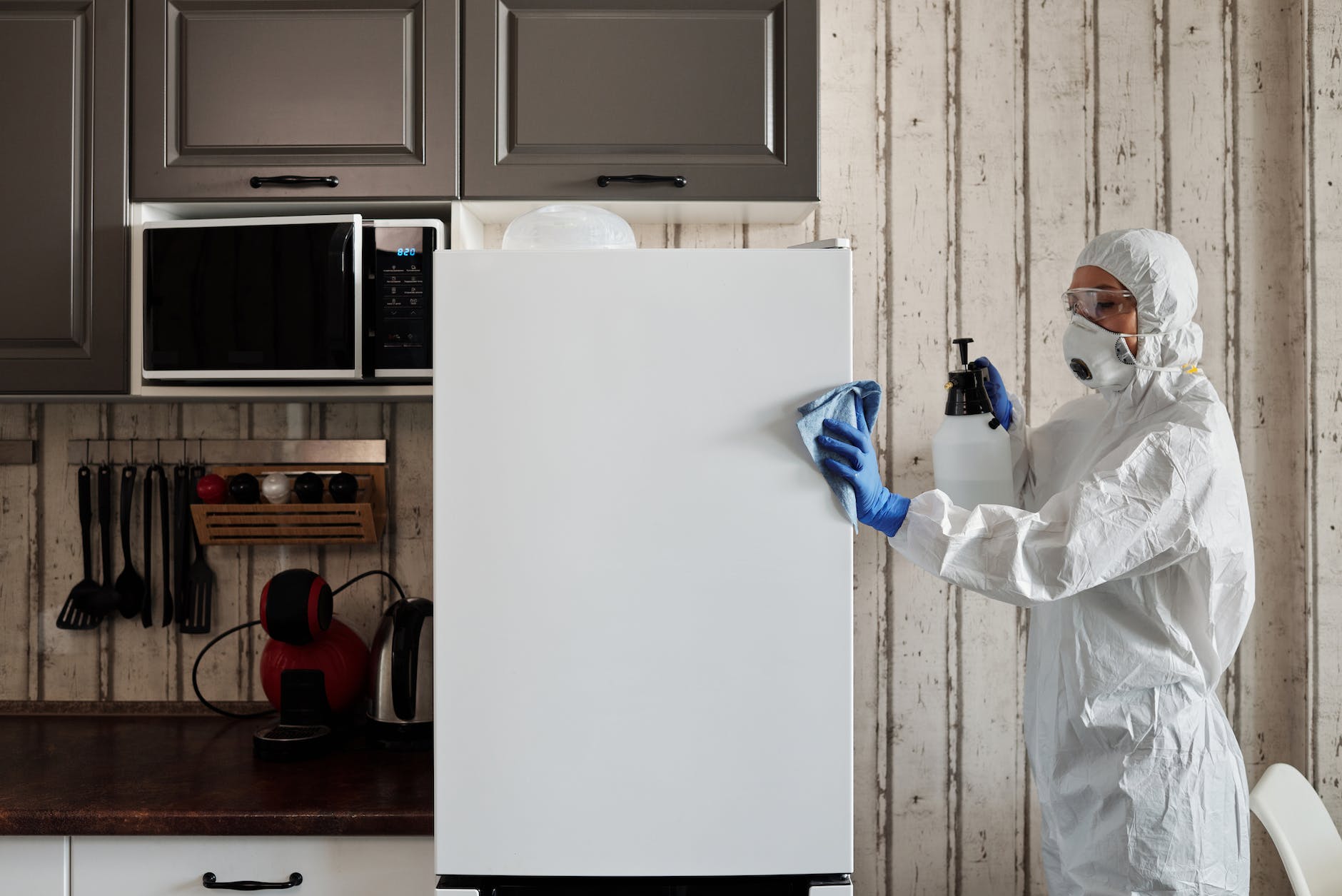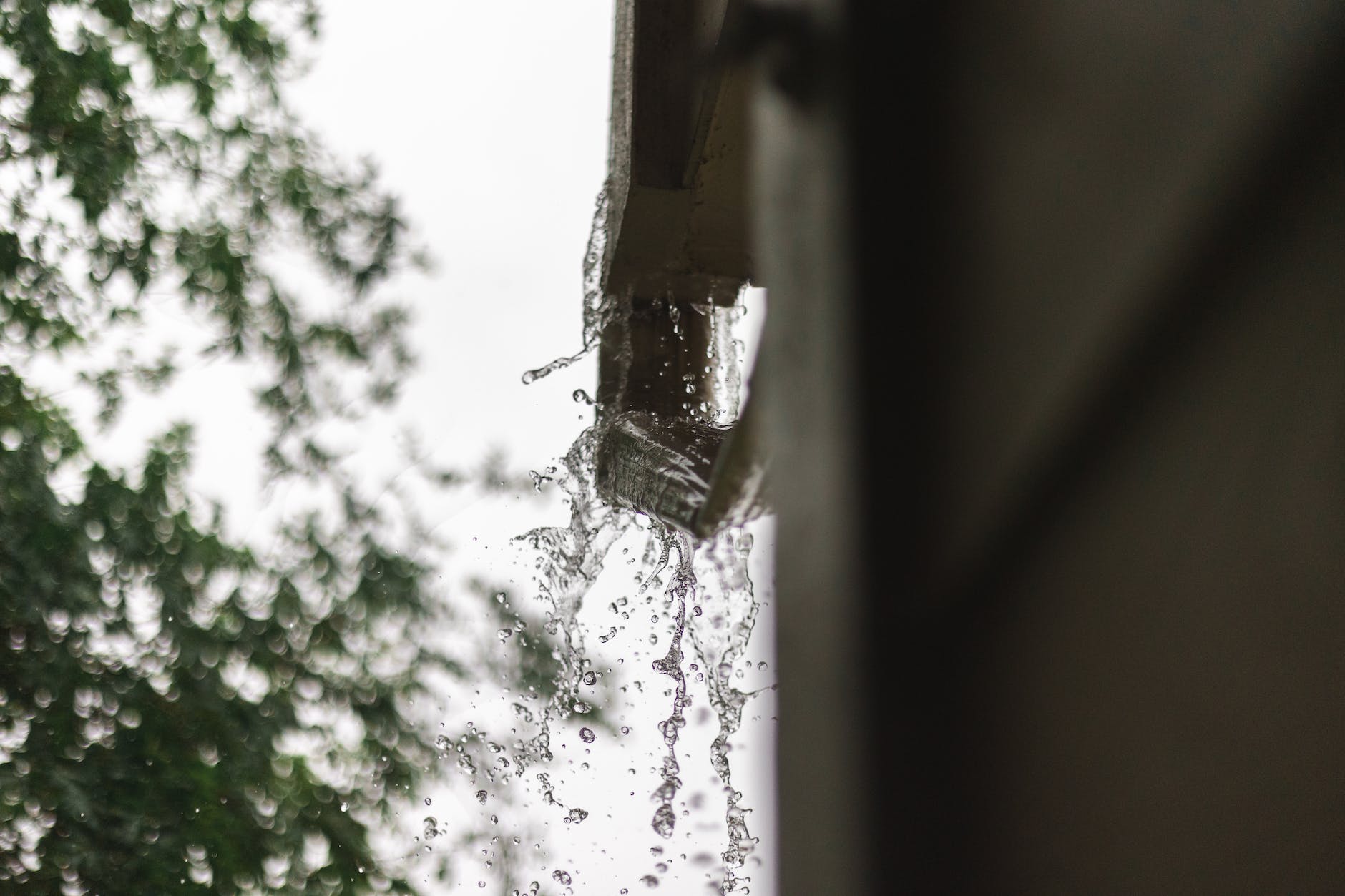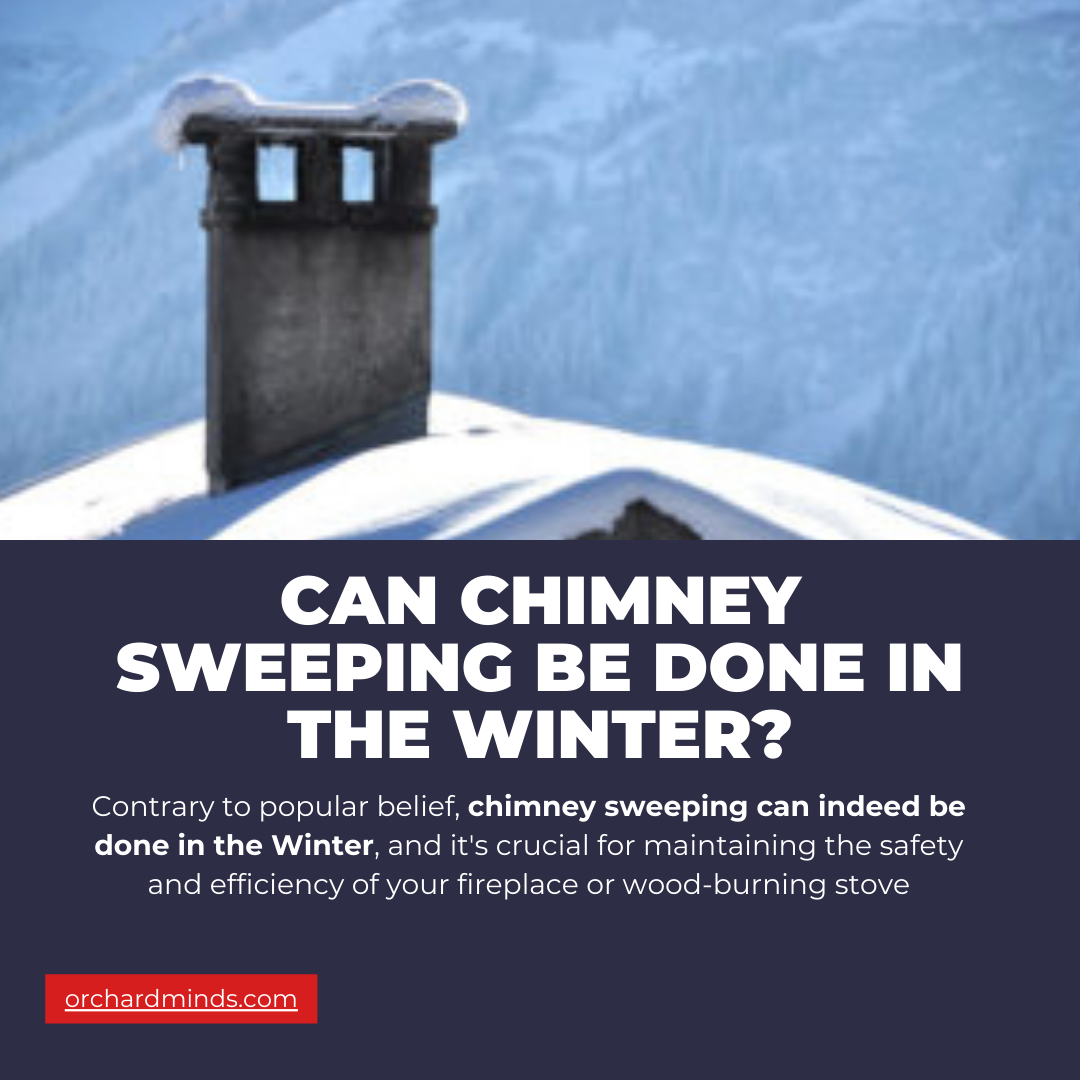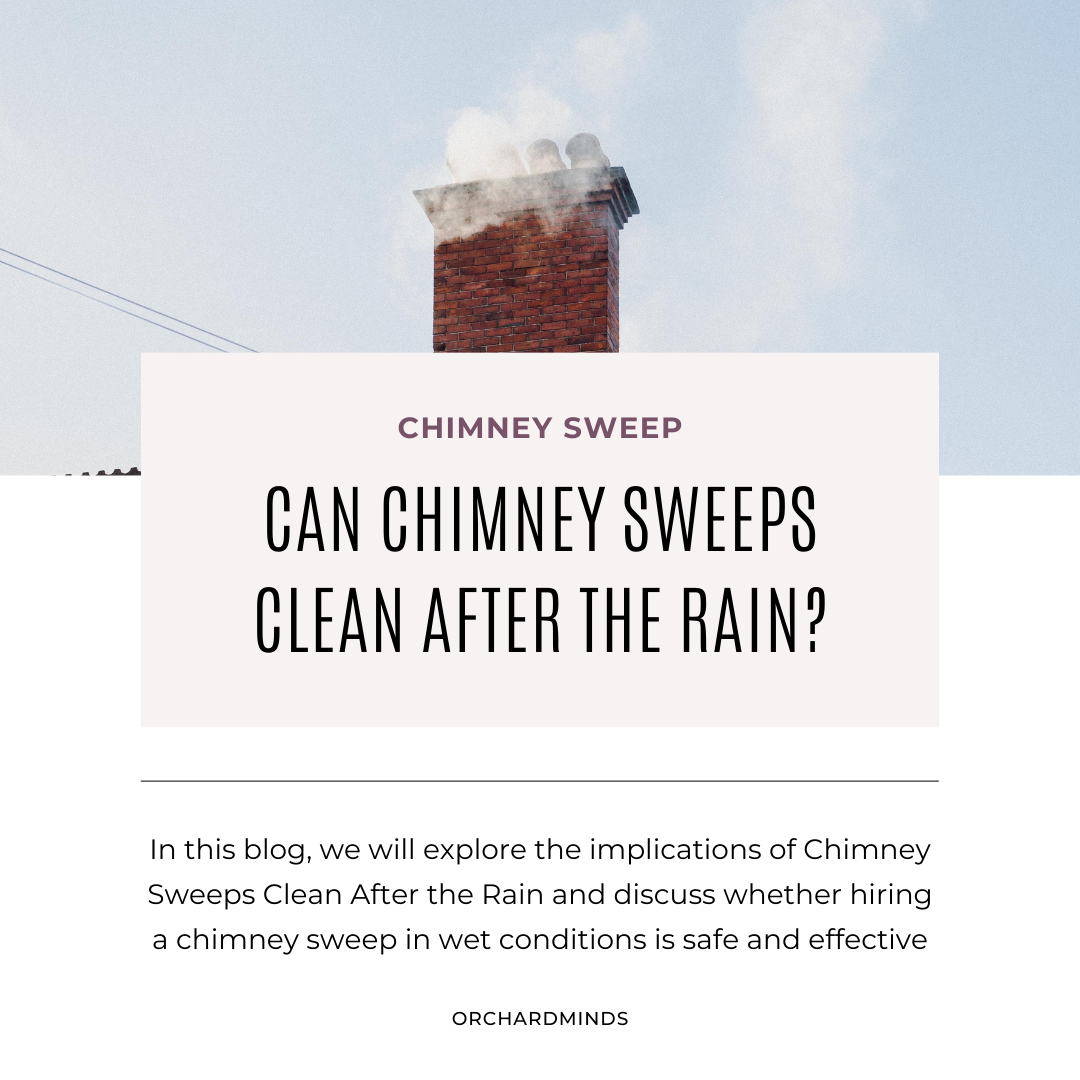Discovering a blocked flue liner in your chimney or heating appliance requires prompt attention to ensure safety and proper functioning. If you suspect a blockage, it is advisable to cease using the affected appliance immediately and seek professional assistance. Attempting to operate a heating system with a blocked flue can lead to the accumulation of harmful gases, including carbon monoxide, posing severe health risks. Contact a qualified chimney sweep or HVAC professional to assess and address the blockage.
What is a Flue Liner?
A flue liner is a protective lining within a chimney that channels combustion byproducts, gases, and smoke safely out of a building. It provides insulation, enhances draft efficiency, and prevents the deterioration of chimney walls due to exposure to heat and corrosive substances. Flue liners are essential for both the safety and longevity of chimney systems, ensuring that harmful substances are expelled outdoors and not allowed to seep into living spaces.
What Causes a Blocked Flue Liner?
Several factors can contribute to the blockage of a flue liner. Accumulation of creosote, a byproduct of burning wood, is a common cause. Other reasons include the buildup of debris such as leaves, bird nests, or masonry particles dislodged from the chimney structure. In some cases, structural issues like a collapsed flue or dislodged liner tiles can lead to blockages. Regular chimney inspections and cleanings can help identify and address potential blockage causes.
The Symptoms of a Blocked Flue Liner
Identifying the symptoms of a blocked flue liner is crucial for timely intervention. Signs may include difficulty in lighting a fire, excessive smoke, or a noticeable decrease in the fireplace’s draft. In severe cases, carbon monoxide detectors may be triggered. If you observe these symptoms, it is imperative to cease using the appliance immediately and seek professional assistance to assess and resolve the blockage.
How to Unblock Your Flue Liner
Unblocking a flue liner should be left to professionals due to the potential safety hazards involved. Certified chimney sweeps or HVAC technicians have the expertise and tools to assess the blockage, whether it’s creosote buildup, debris, or structural issues. They may use specialized brushes, vacuums, or inspection cameras to clear the obstruction safely. Regular chimney maintenance and annual inspections are preventive measures that help identify and address blockages before they pose serious risks.
What tools will you need to unblock your flue liner?
- Chimney Brush:
- A chimney brush with appropriate bristle type and size is essential for effectively scrubbing away creosote buildup or debris from the flue liner. Choose a brush that matches the dimensions of your flue.
- Extension Rods:
- Extension rods are necessary to extend the reach of the chimney brush, enabling you to access and clean the entire length of the flue liner. Ensure that the extension rods securely connect to each other.
- Protective Gear:
- Wear appropriate protective gear, including safety goggles, a dust mask, and gloves, to shield yourself from potential irritants, dust, and debris during the cleaning process.
- Drop Cloth or Tarp:
- Place a drop cloth or tarp around the fireplace or stove area to catch falling debris and minimize the mess. This makes cleanup more manageable.
- Flashlight or Headlamp:
- Adequate lighting is crucial for a thorough inspection and cleaning. Use a flashlight or a headlamp to illuminate the interior of the chimney and identify any blockages.
- Chimney Rod Adapters:
- In case your chimney brush requires adapters to fit onto the extension rods, have these on hand to ensure a secure connection.
- Vacuum Cleaner with HEPA Filter:
- A vacuum cleaner with a high-efficiency particulate air (HEPA) filter is useful for cleaning up loose debris and dust that may accumulate during the cleaning process.
Step 1: Cleaning from Above
To unblock your flue liner effectively:
- Start by cleaning from above.
- Safely access your roof and remove any debris or obstacles around the chimney opening.
- Use a chimney brush with flexible rods to scrub the interior of the flue from the top down.
This method helps dislodge accumulated creosote, soot, or debris clinging to the flue liner walls. Carefully lower the brush through the chimney, ensuring it reaches the bottom, and then pull it back up. Repeat this process several times until you’ve thoroughly cleaned the entire length of the flue liner.
Step 2: Cleaning from Below
Cleaning from below involves accessing the flue liner from within your living space. Begin by removing the damper or any other components blocking access to the flue. Insert a chimney brush into the flue opening and push it upward. Similar to the cleaning from above, use flexible rods to navigate the brush through the entire length of the flue liner, dislodging any remaining debris. Consider using a vacuum or drop cloth to collect falling debris during the cleaning process. Once you’ve completed the cleaning from below, reinstall any removed components, such as the damper, and ensure that the flue is clear for proper ventilation.
Note: While these steps offer a general guide for DIY flue liner cleaning, it’s essential to prioritize safety and consider seeking professional assistance, especially if you are unfamiliar with chimney maintenance. Professional chimney sweeps have the expertise and equipment to perform thorough cleanings and inspections, ensuring the safe and effective removal of blockages from flue liners. Regular chimney maintenance is crucial for preventing blockages and maintaining a safe, efficient heating system.
What Could Be Blocking My Chimney?
Several factors can contribute to chimney blockages, compromising proper ventilation and posing safety risks. Common culprits include:
- Small animals and birds building nests.
- Broken chimney bricks falling into the flue.
- Debris, such as leaves or paper.
- The accumulation of soot and creosote.
Regular chimney maintenance, the installation of a chimney cap, and professional inspections are effective preventive measures to identify and address potential blockages before they lead to more serious issues.
Small Animals and Birds
Chimneys can attract small animals and birds seeking shelter. Birds may build nests within the chimney flue, obstructing proper ventilation. Additionally, small animals like squirrels or raccoons may enter the chimney and get stuck, causing blockages. Regular chimney inspections and the installation of a chimney cap can help prevent these issues.
Broken Chimney Bricks
Over time, chimney bricks can deteriorate due to exposure to the elements. Broken or loose bricks can fall into the chimney, obstructing the flue. This not only impedes proper airflow but can also pose a structural risk to the chimney. Routine chimney maintenance, including brick repair, is crucial to prevent blockages caused by deteriorating masonry.
Debris
Debris, such as leaves, twigs, or even paper, can find their way into the chimney, especially if there is no chimney cap or if the cap is damaged. Accumulation of debris can obstruct the flue and prevent proper ventilation. Regularly inspecting and cleaning the chimney, along with the use of a chimney cap, can help keep debris out and reduce the risk of blockages.
Soot and Creosote
The byproducts of burning wood, soot, and creosote can accumulate on the walls of the chimney flue over time. If not regularly cleaned, these substances can form a thick layer that restricts airflow and poses a fire hazard. Annual chimney inspections and cleanings by a professional chimney sweep are essential to remove soot and creosote buildup and prevent blockages.
How Do I Know if My Chimney Flue Is Blocked?
Detecting a blocked chimney flue is vital for the safety and efficiency of your fireplace or heating appliance. Signs include the activation of a carbon monoxide detector, dirt accumulation inside the fireplace hearth, the smell of smoke within the home, and black stains on the walls surrounding the fireplace. If you experience any of these indicators, it is essential to cease using the chimney immediately and seek professional inspection and assistance to identify and clear the blockage.
Carbon Monoxide (CO) Detector
A reliable indicator of a blocked chimney flue is the activation of a carbon monoxide (CO) detector. CO is a colorless and odorless gas produced during incomplete combustion. When a chimney flue is blocked, it can lead to a buildup of this dangerous gas within your home. If your CO detector is triggered, it’s crucial to evacuate the premises immediately, seek fresh air, and contact a professional to inspect and address the blockage in the chimney.
Dirt Inside the Fireplace Hearth
A noticeable accumulation of dirt or debris inside the fireplace hearth may suggest a blocked chimney flue. When the flue is obstructed, the byproducts of combustion, including ash and soot, may be forced back into the fireplace, leaving behind dirt and residue. If you observe a sudden increase in dirt within the hearth, it’s an indication that the chimney may be experiencing ventilation issues.
Smell of Smoke
An unmistakable sign of a blocked chimney flue is the smell of smoke inside your home. If you light a fire, and instead of being drawn up the chimney, smoke fills the room, it indicates a blockage. This could be due to various factors, such as debris, animal nests, or creosote buildup. Cease using the fireplace immediately and seek professional assistance to inspect and clear the blockage.
Black Stains on the Fireplace Walls
Black stains on the walls surrounding the fireplace suggest that smoke is not being properly vented up the chimney. When the flue is blocked, smoke and soot are forced back into the room, leaving behind stains on the walls. If you notice persistent black marks or discoloration around the fireplace, it’s essential to address the blockage promptly to prevent further damage and ensure safe operation.
What Happens if You Light a Fire and Your Chimney Is Blocked?
If you light a fire and your chimney is blocked, it poses serious risks to both your safety and the integrity of your home. The lack of proper ventilation can lead to a chimney fire, as the combustible byproducts and heat generated during burning are unable to escape, causing the accumulated material within the chimney to catch fire. This can result in loud cracking sounds, dense smoke, and potential structural damage to the chimney. Moreover, the blocked chimney forces the release of carbon monoxide (CO) back into the living space, putting occupants at risk of CO poisoning.
CO is a colorless and odorless gas that can cause symptoms ranging from headaches and dizziness to nausea and, in extreme cases, fatal outcomes. If you suspect a blocked chimney, it is imperative to cease using the fireplace immediately, evacuate the premises, and seek professional assistance to clear the blockage and ensure the safe operation of your heating appliance.
Chimney Fire
If you light a fire in your fireplace or heating appliance, and your chimney is blocked, it can lead to a chimney fire. When the flue is obstructed, the heat, smoke, and combustible byproducts produced during the burning process may not be able to escape. As a result, the accumulated material within the chimney, such as creosote and debris, can catch fire. Chimney fires are extremely dangerous, as they can rapidly spread to the rest of the house or cause structural damage to the chimney. Signs of a chimney fire include loud cracking or popping sounds, dense smoke, and intense heat.
Carbon Monoxide (CO) Poisoning
A blocked chimney prevents proper ventilation, leading to the release of carbon monoxide (CO) into the living space. CO is a colorless, odorless gas that is a byproduct of incomplete combustion. When the flue is blocked, the combustion gases, including CO, are forced back into the home. Exposure to elevated levels of carbon monoxide can result in symptoms such as headaches, dizziness, nausea, and, in severe cases, can be fatal.
Using a fireplace or heating appliance with a blocked chimney poses a significant risk of carbon monoxide poisoning. It is crucial to cease use immediately and seek professional assistance to clear the blockage and ensure proper ventilation. Installing a carbon monoxide detector is an essential safety measure to detect any potential leaks and protect occupants from this deadly gas.
Preventing a Blocked Chimney Flue
Use Seasoned Wood
To prevent a blocked chimney flue, use seasoned or well-dried wood for your fireplace or wood-burning stove. Seasoned wood burns more efficiently, producing less creosote—a flammable byproduct of incomplete combustion. Creosote buildup is a leading cause of chimney flue blockages. Avoid burning wet or unseasoned wood, as it produces more creosote, leading to increased maintenance needs and a higher risk of blockages. Properly seasoned wood not only reduces creosote but also promotes cleaner, more efficient combustion.
Install a Chimney Cap
Installing a chimney cap is a proactive measure to prevent debris, animals, and environmental elements from entering the chimney and causing blockages. A chimney cap acts as a barrier, keeping out leaves, twigs, birds, and other potential obstructions. Additionally, a well-fitted chimney cap helps prevent water from entering the chimney, reducing the risk of rust, deterioration, and damage to the flue liner. Regularly inspect and maintain the chimney cap to ensure it remains in good condition and provides effective protection.
Annual Inspection and Cleaning
Schedule an annual inspection and cleaning of your chimney to identify and address potential blockages before they become serious issues. A professional chimney sweep can assess the condition of the flue, remove creosote buildup, and detect any signs of debris or animal nests. Regular inspections also allow for the early identification of structural issues, such as broken bricks or a damaged flue liner. This proactive approach ensures that your chimney remains clear, safe, and efficient throughout the heating season. Regular maintenance is key to preventing blockages and maintaining the overall safety and functionality of your chimney.
Do Chimney Liners Prevent Chimney Fires? Facts & Benefits
Chimney liners play a crucial role in preventing chimney fires by providing a protective barrier between the combustible materials in the chimney and the surrounding structure. They enhance safety by containing and directing the byproducts of combustion, such as creosote, away from the chimney walls. Creosote buildup is a major cause of chimney fires, and a well-maintained chimney liner reduces the risk by promoting efficient ventilation. Additionally, chimney liners contribute to the structural integrity of the chimney, protecting it from the corrosive effects of combustion gases. The installation of a proper chimney liner is a valuable investment in the safety and longevity of your chimney system.
Gas Fireplace Switch Won’t Work? 3 Key Reasons & Solutions
If your gas fireplace switch refuses to work, several common issues may be responsible. First, check if the pilot light is lit, as a malfunctioning pilot can prevent the switch from activating the main burner. Ensure the gas valve supplying the fireplace is fully open. If the switch still doesn’t work, the thermopile or thermocouple may be faulty, and replacing these components can resolve the issue. Additionally, check the wiring and connections to ensure there are no loose or damaged parts affecting the switch’s functionality. Consulting the fireplace’s manual and, if needed, seeking professional assistance will help diagnose and address the specific problem, ensuring your gas fireplace operates smoothly.
